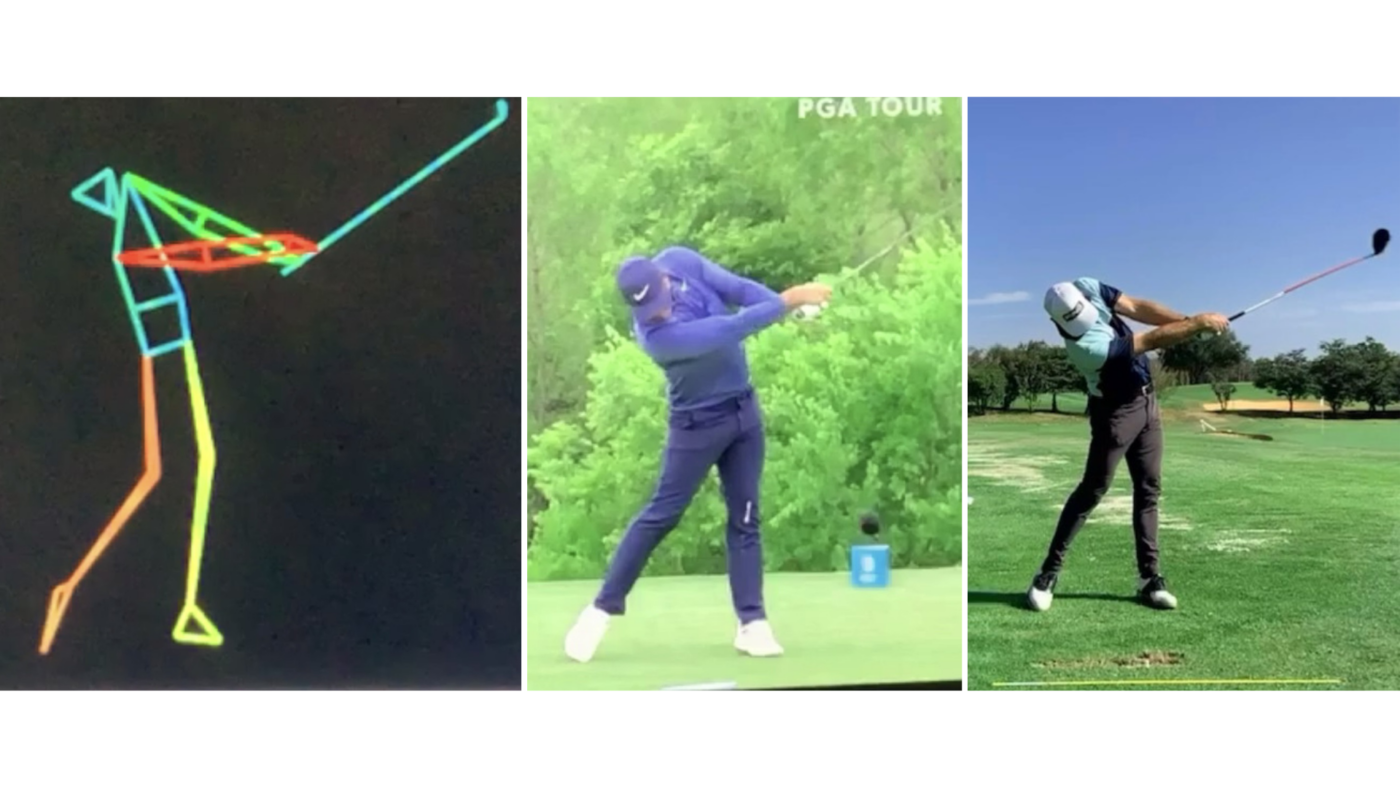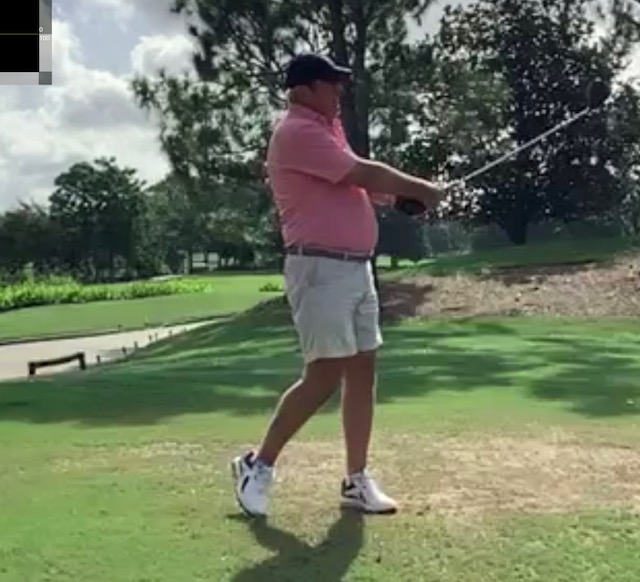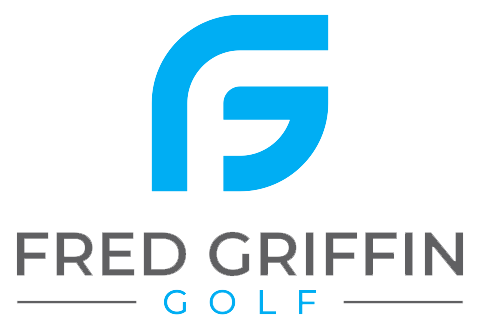Although you cannot retrieve a shot once it leaves the clubface, the follow-through remains an extremely important part of the full golf swing. More than any other stage of the swing, it offers visual proof of what your body and club did before the ball was struck.
Even though there are many idiosyncrasies that make PGA and LPGA players follow throughs their certain style, there are things they do in common that have a direct cause/effect relationship with the movements that transpired earlier in the swing.
The photos below reveal several key swing mechanics of a sound follow-through of PGA professionals:

Key Components of a Professional Follow-Through
Body Mechanics
Lower Body Dynamics
- The left leg accepts full weight while remaining firmly planted, acting as a critical braking mechanism and providing a stable support base
- The right foot and leg naturally rotate toward the target, with the right foot sliding forward on its toe – a movement that occurs naturally through swing momentum
Upper Body Movement
- With the lower body – shifting and turning towards the target – the focal point of your upper body movement is the right shoulder. It moves down, forward and through the shot providing maximum extension toward the target.
Arms and Club Position
Arm Extension
- The left arm is extended and is still visible above the right arm. This counters the belief that the left elbow should be tucked close to the body in the follow-through. It was thought that letting the left arm fold was an efficient means of squaring up the clubface at impact. Instead, you should allow the momentum of your arms to carry them away from the body.
Hand and Wrist Position
- The hands and wrist are not crossed over with the right hand twisted atop the left. This means that you do not need (or want) to consciously rotate your hands and arms through impact as a means of squaring the clubface. This last-minute snap of the hands is a recipe for wildness and inconsistency. The clubface squares itself through sound swing mechanics and a correct grip.
Common Amateur Follow-Through Mistakes
Photo of common follow-through problems of amateur golfers:

Typical Errors to Avoid
- Limited lower body shift and rotation
- Dominant upper body motion (right shoulder too high)
- Forced left arm tucking or bending
- Unnecessary hand manipulation to close the clubface
Practical Practice Techniques
- Video Analysis
- Record and analyze your follow-through pattern
- Compare your mechanics to professional models
- Grip and Alignment
- Adopt a slightly stronger grip to ensure a square clubface at impact
- Important: the clubface is slightly closed during the swing to prepare for impact
- Weight Shift and Balance
- Focus on transferring weight into a stable left leg
- Maintain overall balance throughout the swing
- You Tube video link
The Bigger Picture
The majority of follow-through positions are a direct result of movement patterns developed earlier in the swing. By learning to engage the right side of your body correctly and allowing your arms to extend naturally, you’ll notice significant improvements in both power and accuracy across all your shots.
Reminder: Avoid consciously manipulating the swing. Instead, focus on developing smooth, natural mechanics that allow momentum to guide your movement.
